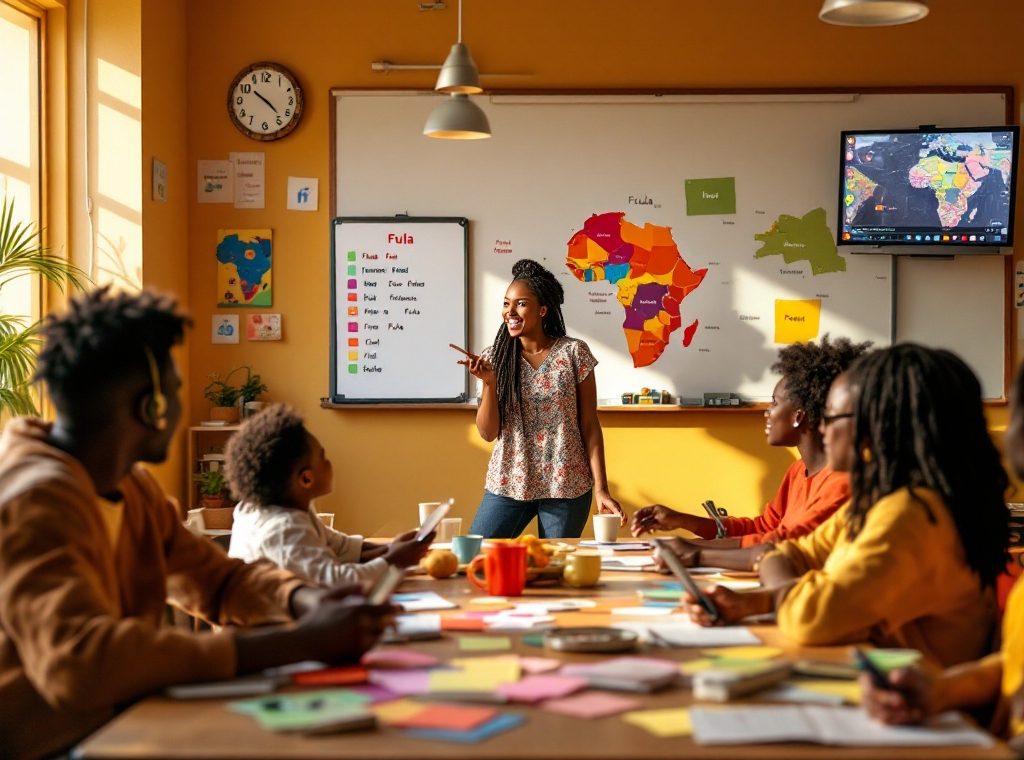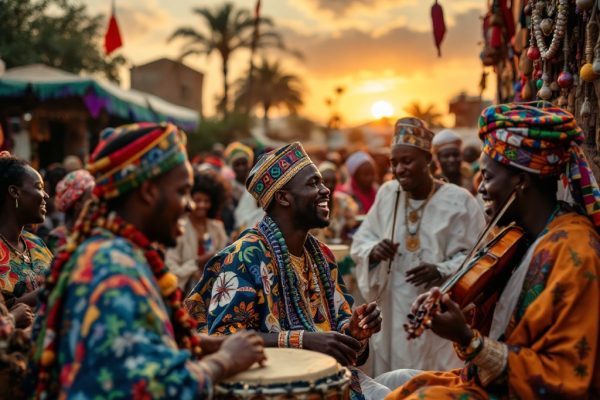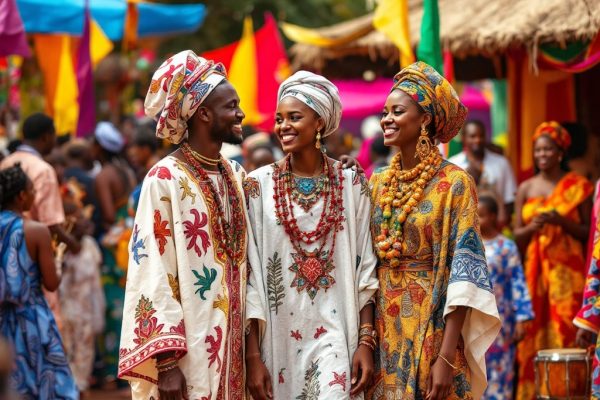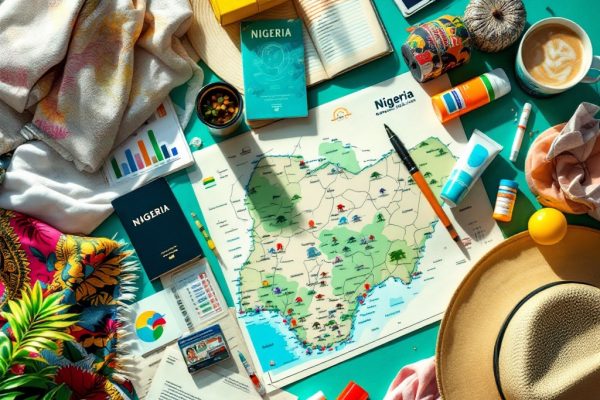Fula Language 101: Key Phrases and Basics for Beginners
Want to speak with millions across Africa? Learn Fula, the language of 15 million people spanning from West and Central to North Africa! This beginner’s course offers a practical path to basic Fula. You’ll master greetings, key phrases, and everyday conversation skills through structured units covering grammar, vocabulary, and pronunciation. Start speaking Fula in just a few months with consistent practice using our audio guides and interactive exercises. Begin your Fula language journey today!
Important information
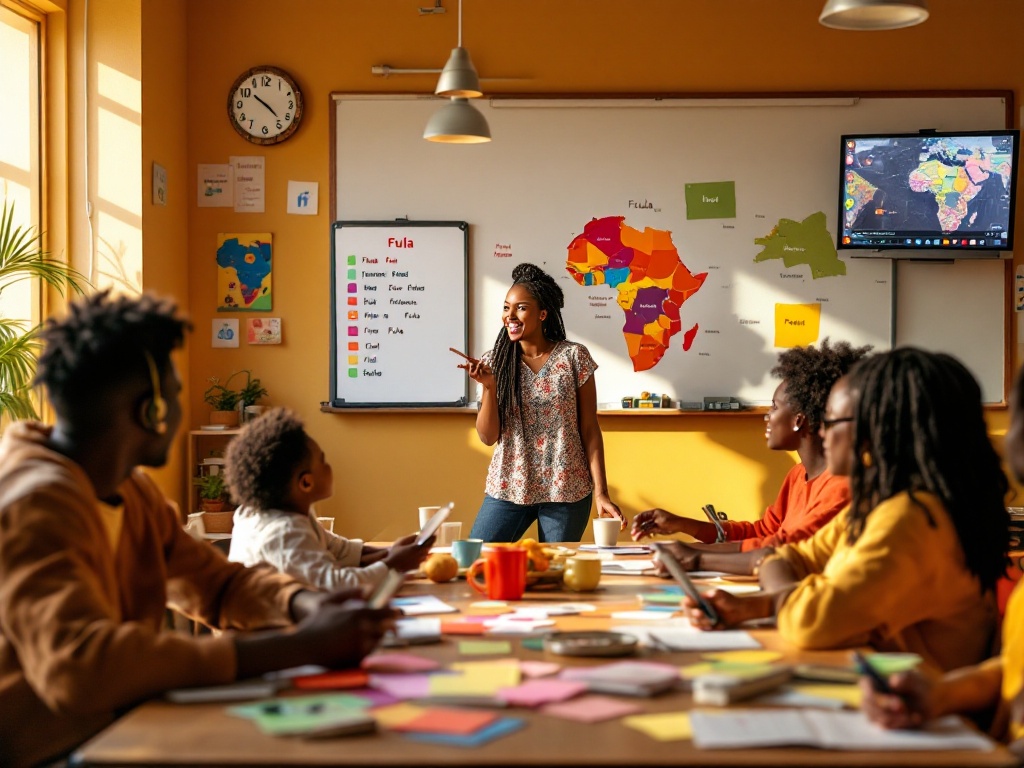
- Fula is spoken by over 15 million people across West, Central, and North Africa.
- This course uses audio recordings, role-playing, and practical drills to build Fula fluency.
- Key elements of Fula grammar include noun classes, verb conjugation, and set sentence structures.
- Pulaar, Fulbe, and Peul are dialects of Fula with regional variations.
- Regular practice, especially listening and speaking, is crucial for language acquisition.
Fula Language Basics for Beginners
Embark on a journey to learn Fula, a Niger-Congo language spoken by over 15 million people across a wide swath of Africa, from West and Central to even North Africa. Primarily spoken by the Fulani people, often nomadic herders and traders, Fula is a vibrant language connecting diverse countries like Nigeria, Senegal, Guinea, Chad, and Benin.Designed for English speakers, this course provides a foundation in basic Fula pronunciation and comprehension. You’ll acquire essential vocabulary and phrases for greetings, introductions, and everyday conversations. Consistent study and regular practice are crucial for achieving conversational fluency. This goal is typically reachable within a few months. Numerous resources can support your learning, including textbooks, audio guides, and language exchange programs.
This course is structured into units covering greetings.
The course includes vocabulary.
The course covers grammar.
The course involves practical drills.
Linguistic Structure and Grammar
Fula grammar uses a system of noun classes that influence the agreement of nouns, adjectives, and verbs. Verb conjugation changes based on tense and subject. The language has a distinct set of vowel sounds and consonant changes. Fula also includes definite and indefinite articles, and sentences usually follow set structures. These core elements enable basic communication.
Dialects and Variations: Pulaar, Fulbe, and Peul
Pulaar, Fulbe, and Peul are dialects of the Fula language, each with unique characteristics in pronunciation, vocabulary, and grammar across West and Central Africa. For example, Pulaar is common in Senegal and Guinea, while Fulbe is spoken in Cameroon and Chad. Peul is also spoken in Niger and Burkina Faso.
Pronunciation and Comprehension Tips
The Fula Language 101 course uses audio recordings to help you master Fula pronunciation. By listening to and repeating examples, you’ll improve both your pronunciation and comprehension. This immersive approach allows you to practice basic Fula conversations, imitate the instructor, and participate in role-playing exercises to build fluency and confidence.
Basic Pronunciation Guide
Fula’s unique sound system features distinct vowels and consonants, crucial for accurate pronunciation.
Understanding Comprehension and Language Practice
Regular Fula practice strengthens comprehension.
Listening to native speakers sharpens your ear and is crucial for progress.
Speaking solidifies learning.
This course uses audio recordings of dialogues for listening and repetition exercises, improving both pronunciation and comprehension.
Role-playing further enhances fluency and builds confidence.
Consistent practice, attentive listening, and regular speaking will guide you to Fula fluency.
Key Phrases and Vocabulary for Everyday Situations
Learn essential Mandinka greetings and phrases. Start with “A jaraama” (hello) and “En ngoni” (good morning). Ask “No mbada?” to inquire about someone’s well-being. Show gratitude with “A jaraama” (thank you). If you get lost, ask “Hol no …?” (Where is …?). Structured classroom exercises can further enhance your learning.
Greetings and Introductions
Common Jaaraama Phrases:
“A jaaraama” serves as both a greeting and a thank you.
To inquire about someone’s well-being, ask “No mbada?”. A typical response is “Mi ngoodi,” meaning “I am fine.”
“Mihofnima” is a more polite way to say hello.
For a casual greeting, try “No’awani/koyahata?” similar to “What’s up?”. When parting ways, use “Jippu jam/saito minfotti.”
Common Expressions and Survival Phrases
Express gratitude with “Onon“.
Bid farewell with “Ngalla“.
Say “Mbalde” for “please”.
Use “Eeyi” for “yes”.
Use “A’aa” for “no”.
Useful Phrases for Travel and Communication
To inquire if someone speaks a particular language, ask “A do volwa?“.
If you don’t understand something, say “Mi heiftai“.
If you need someone to speak slower, try “A’wawan volugo be hakkilo?“.
To ask about their background, say “Holto njeyadha?“.
When saying goodbye, wish them “Laawol bhural” for a safe trip.
To ask the price of a ticket, say “Nai’on je aji arande…?“.
To find bus schedules, ask “Wakkati toi bas/jirgi leddi/jirgi dau jippata?“.
Classroom Expressions and Exercises
Inside a Fula classroom, students regularly use phrases like “Mi yidi maa” (I understand) and “Miɗo fahamaa” (I don’t understand). Practical exercises form the core of their learning process. For example, verb conjugation drills help students master different verb forms. Constructing sentences allows them to apply grammar rules in context. Expanding their vocabulary further strengthens their language skills. These combined activities prove highly effective for language acquisition, leading to improved fluency and comprehension.
Language Exercises to Improve Skills
Fula grammar favors active voice and imperative verbs, creating a direct and impactful style. Negatives are formed using distinct particles and verb conjugations, requiring practice to master. Here’s a structured approach to learning Fula:
Focus on drills. Substitution, transformation, and response drills are valuable exercises. Substituting nouns, changing sentence structures, and practicing quick replies build accuracy and fluency.
Engage in practical application. Dialogs and narratives provide practical application, expanding your vocabulary and reinforcing grammar.
Practice consistently. Consistent practice with these methods will significantly improve your Fula.
Active Voice and Imperative Verb Forms
Fula’s sentence structure typically follows a subject-verb-object order, similar to English. For example, “I eat food” illustrates this structure. The language also uses imperative verbs for commands, such as “Eat!”.
Using Negatives in Fula
In Fula, negation is marked by specific particles placed before the verb. These negation markers change depending on the verb’s tense and aspect.
Substitution, Transformation, and Response Drills
Substitution drills build sentence skills by swapping words and phrases.
Transformation drills, such as changing statements into questions, alter sentence forms.
Response drills enhance conversation skills by teaching correct replies.
Dialogs and Narratives for Practice
Engaging in dialogs and narratives offers excellent opportunities to practice new vocabulary and grammar, boosting both comprehension and speaking skills.
Utilizing audio recordings and role-playing further enhances pronunciation and fluency.
These interactive activities simulate real-world conversations and storytelling.
This effectively prepares learners for practical communication.

